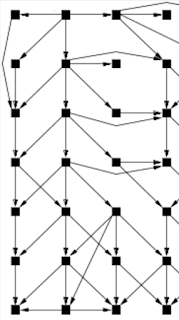Type-C IRL

Despite some early growing pains , USB Type-C is a winner. USB, as we know it mostly today, is 22 years old. Pretty mature. Even considering the accelerated pace of development of new technologies, I am sure Type-C will last until 2040 and will be in use by 2050. The thing illustrated here is a combo USB drive by Kingston. It is a classic USB on one side and Type-C on the other, making file transfer between systems dead fast and easy. This ultra-tiny piece of hardware has 128GB capacity and works with everything, including iPhone 8. This is probably the best news for all of us: Apple dropping Lightning and adopting USB Type-C . This tiny connector is reversible (like Lightning) but is much more versatile, capable of carrying signals like high definition video. It also carries almost unbelievable (for its size) amount of power: up to 100W (remember: the original USB could do 2.5W). So essentially it becomes the ONLY connector any portable device (laptop, tablet, phone) needs. It i...


































